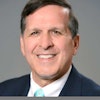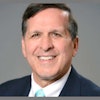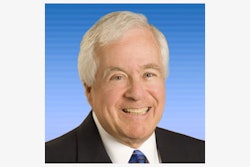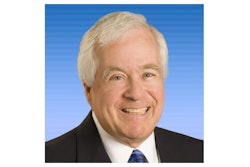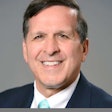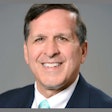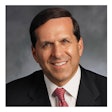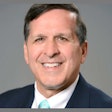When speaking with dental practice owners, a common and important question around retirement plans is, "How much will it cost me to offer a retirement plan for my employees?"
 Bruce Bryen, CPA, CVA.
Bruce Bryen, CPA, CVA.
Discrimination based on age, race, religion, or other protected characteristics is prohibited and can cause the retirement plan to fail discrimination tests, resulting in disqualification by the IRS and severe penalties.
Job descriptions and classifications may be legitimately excluded from retirement plan participation. This exclusion is not considered discrimination but rather legitimate reasoning for specific job classifications. The reasoning must be sound, and the document preparer should provide written support for exclusions to the sponsor (employer), who reviews and approves the reasoning.
Since most defined contribution plans use standard formats, employers choosing defined benefit plans or cash balance plans can create more specific content that is more acceptable to the IRS. The actuary or attorney who writes the plan document is responsible for obtaining IRS approval.
What happens after plan adoption?
Once a defined benefit plan or cash balance plan is adopted and sponsored by the employer, contributions to the retirement plan begin, and tax deductions appear. Money can be advanced to the retirement plan, and the actuary allocates approximate amounts per participant annually, as shown in the plan's annual report.
This typically provides a positive outlook for owners who see business assets placed in retirement accounts and allocated to them. The retirement plan serves as a protected trust for owners' and participants' assets. These funds cannot be seized by creditors, such as banks or trade creditors, even if the owner, participants, or dental practice owes money. The retirement plan provides an extremely important benefit through tax-deductible contributions and asset accumulation within the plan.
Changing long-range planning concepts
Owners may decide to postpone retirement or not retire at all as retirement plan benefits accumulate. The adopted retirement document includes a normal retirement date, but if owners continue working, funds continue to accumulate. Assets invested with these funds increase dramatically over time since income tax is not paid until funds are withdrawn from the retirement plan.
Besides creditor protection, fund accumulation -- especially for owners -- can increase by more than five times from the first year the dental practice begins contributions over at least a five-year period. This assumes the practice continues making annual contributions on time.
Other participants also see their employer-made contributions increase dramatically over time according to their vesting schedules. Once participants are 100% vested, they can terminate employment and retain the accumulated assets. The same creditor protection rules apply to participants as to owners. Participants should review annual reports to understand their vested benefits as a percentage of the dollar amounts listed.
Employee costs for owners
Assuming owners are in states where combined federal and state income tax is 50% or more, employee contributions would be reduced by that 50%, because owners would not have that money anyway -- it would be spent on taxes. If employer costs are $20,000 for employee participants, the actual cost would be $20,000 minus 50%, since that money goes into the retirement plan instead of taxes.
The ability to make a $150,000 or more deductible contribution for themselves has an effective cost of about $10,000. Employers can contribute $150,000 or more annually for themselves based on age and current and prior year compensation.
Bruce Bryen is a certified public accountant with more than 45 years of experience. He specializes in providing litigation support services to dentists, with valuation and expert witness testimony in matrimonial and partnership dispute cases. Bryen assists dentists with financial decisions about their practice, practice sales, evaluating whether to join a dental service organization, practice evaluation during divorce proceedings, and questions about the future or financial health of dental practices. He can be reached at [email protected].
The comments and observations expressed herein do not necessarily reflect the opinions of DrBicuspid.com, nor should they be construed as an endorsement or admonishment of any particular idea, vendor, or organization.
